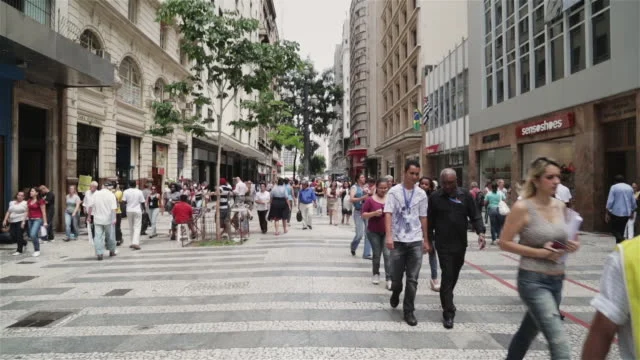FecomercioSP announced that São Paulo’s commerce saw its most robust July since 2008.
Total revenue reached R$ 100.7 billion ($19.5 billion), a R$ 3.9 billion ($754.7 million) increase from last year.
Car sales were the primary driver of this upswing. Federal discount programs accounted for a third of all revenue.
Furthermore, shops selling auto accessories reported a 15% rise in sales year-over-year.
Among the nine sectors studied, six showed a profit increase in July.
The sectors that grew include car dealerships, pharmacies, stores for auto parts, clothing shops, electronics retailers, and supermarkets.
However, some sectors registered a decrease. Sales in fuel, toys, and related shops fell by 14.1%.

Furniture stores saw a 9% drop, and construction materials declined by 3.5%. Despite this, the last two sectors performed better than they did in June.
Looking ahead, FecomercioSP predicts continued growth. Reduced inflation and cheaper credit are expected to be contributing factors.
The Retail Sales Survey gathers information from several São Paulo municipalities and spans nine essential sectors.
This data is then processed to give a comprehensive picture of the regional and statewide sales landscape.
Background São Paulo Commerce Sales
Diving deeper into the analysis, São Paulo’s retail success in car sales could serve as a blueprint for other cities or even countries looking to stimulate their economies.
By using targeted government incentives, São Paulo was able to channel consumer spending into a sector with a broad economic impact.
This method could be particularly effective for economies aiming to recover from a slump or pandemic-related slowdowns.
On the flip side, São Paulo’s weaker sectors, such as furniture and construction materials, raise questions about the comprehensive health of consumer spending.
A focused analysis on these declining areas might offer actionable insights for industry-specific stimulus measures.

